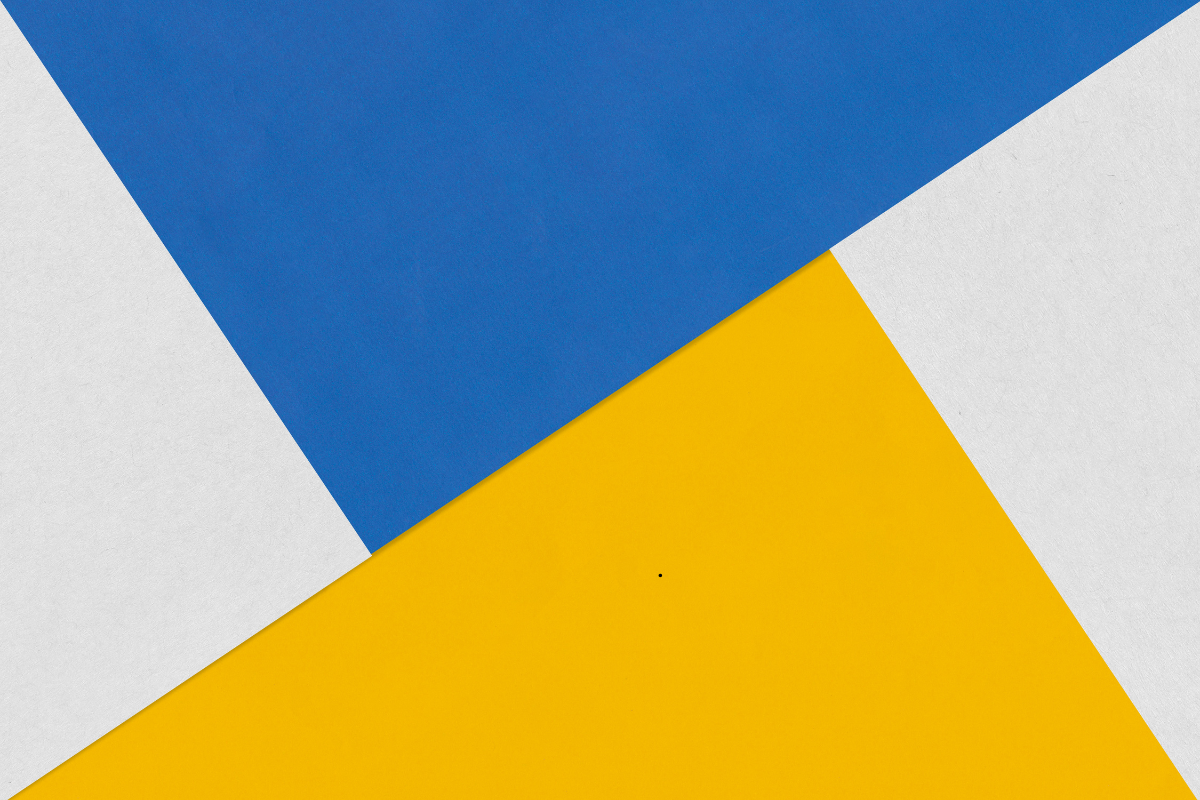Introduction:
In both art and mathematics, the concept of overlapping shapes plays a pivotal role in creating complex and intriguing compositions. Overlapping shapes are not merely about placing one shape over another; they encompass a rich interplay of forms that can communicate depth, movement, and relationships. This article delves into the multifaceted world of overlapping shapes, exploring their significance, applications, and the fascinating effects they produce.
In both art and mathematics, the concept of overlapping shapes plays a pivotal role in creating complex and intriguing compositions. Overlapping shapes are not merely about placing one shape over another; they encompass a rich interplay of forms that can communicate depth, movement, and relationships. This article delves into the multifaceted world of overlapping shapes, exploring their significance, applications, and the fascinating effects they produce.
The Basics of Overlapping Shapes:
At its core, an overlapping shape occurs when two or more shapes are positioned such that they share some common space. This phenomenon can be observed in everyday life—from the natural world, where leaves overlap on a tree, to man-made structures, like the interlocking steel beams of a bridge.
In visual arts, overlapping shapes are used to convey depth and perspective. Artists utilize this technique to make two-dimensional canvases appear three-dimensional. By placing one shape over another, they create a sense of hierarchy and spatial relationships. For instance, a circle partially obscured by a rectangle will appear to be behind the rectangle, thus giving the illusion of depth.
Overlapping Shapes in Art:
Throughout art history, overlapping shapes have been a crucial element in various artistic movements. During the Renaissance, artists like Leonardo da Vinci and Michelangelo employed overlapping shapes to add realism to their paintings. The careful placement of these shapes helped create a convincing depiction of three-dimensional space on a flat surface.
In the 20th century, abstract artists such as Wassily Kandinsky and Piet Mondrian pushed the boundaries of how overlapping shapes could be used. They explored the emotional and dynamic qualities of shapes interacting with each other. Kandinsky’s works often feature a symphony of geometric shapes overlapping in a way that conveys motion and energy, while Mondrian’s compositions use overlapping rectangles to explore balance and harmony.
Contemporary digital artists also leverage the power of overlapping shapes. With software like Adobe Illustrator and Photoshop, they can easily manipulate shapes to create complex and captivating designs. The ability to layer shapes and adjust their transparency allows for intricate patterns and textures that were previously difficult to achieve by hand.
The Mathematical Perspective:
In mathematics, overlapping shapes are studied in the field of geometry. The analysis of overlapping shapes involves understanding their properties, areas of intersection, and the resultant figures formed by these intersections. This study has practical applications in fields such as computer graphics, architecture, and engineering.
For example, in computer graphics, algorithms are developed to detect and render overlapping shapes accurately. This is crucial for creating realistic animations and visual effects. In architecture, understanding how shapes overlap can influence the design of structures and the optimization of space.
One fascinating aspect of overlapping shapes in mathematics is the concept of Boolean operations. These operations—such as union, intersection, and difference—allow mathematicians and computer scientists to combine shapes in various ways to create new forms. This is especially useful in computer-aided design (CAD) software, where designers can manipulate overlapping shapes to model complex structures.
Psychological and Perceptual Effects:
Overlapping shapes can also influence how we perceive and interpret visual information. Psychologists have studied how the human brain processes overlapping shapes to understand depth, motion, and relationships between objects. This understanding is applied in various fields, including visual communication, interface design, and education.
For instance, in interface design, overlapping shapes can guide users’ attention and indicate the relationships between different elements. A button overlapping a text box might suggest that the button is related to the action described by the text. Similarly, in educational materials, overlapping shapes can help illustrate complex concepts by visually breaking them down into more manageable parts.
Practical Applications:
Beyond art and mathematics, overlapping shapes find practical applications in numerous areas. In urban planning, overlapping zones are used to manage land use and zoning regulations. Planners might create overlapping zones to accommodate mixed-use developments, ensuring that residential, commercial, and recreational spaces can coexist harmoniously.
In product design, overlapping shapes can enhance both aesthetics and functionality. For example, overlapping layers in clothing design can create interesting patterns and textures while also improving the garment’s fit and flexibility. Similarly, in furniture design, overlapping components can create innovative and space-saving solutions.
Conclusion:
The exploration of overlapping shapes reveals a rich tapestry of applications and effects. From the timeless techniques of Renaissance artists to the cutting-edge algorithms of computer graphics, the concept of overlapping shapes continues to inspire and challenge creators and thinkers across disciplines. Whether in the realm of visual arts, mathematical theory, or practical design, overlapping shapes offer endless possibilities for innovation and expression.
Understanding the principles behind overlapping shapes not only enhances our appreciation of visual complexity but also equips us with tools to navigate and create within the multifaceted world we inhabit. As we continue to explore this concept, we uncover new ways to see, interpret, and shape the world around us.

